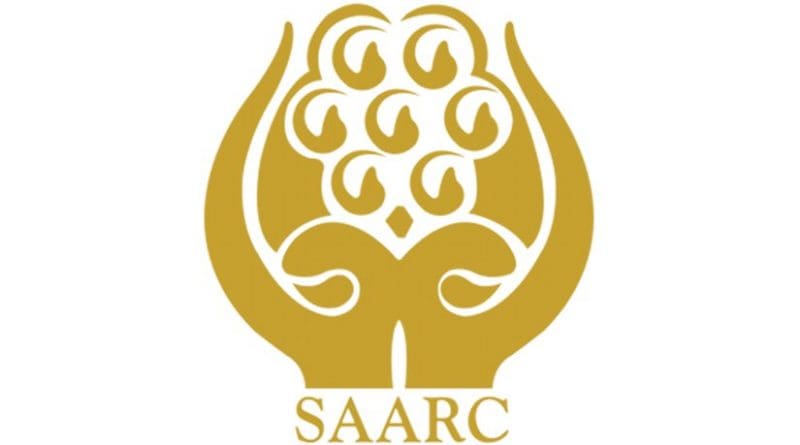Why Pakistan And India Should Revive SAARC? – OpEd
Regionalism gained importance and dominance in the international politics; that is aimed at solving the regional problems through economic and security cooperation. The regional and subregional cooperation organisation such as Association of South East Asian Nations (ASEAN), European Union (EU), Arab League, Organisation of Islamic Countries (OIC) and many more are the example of regional cooperation and integration. In South Asia, regionalism in the form of South Asian Association for Regional Cooperation (SAARC) was set in notion established in 1985 aim “to promote economic growth, social progress and cultural development within the South Asia region”. However, the SAARC failed to achieve the desired results because of hostile and instable regional environment and mistrust. In the age of regionalism, it is of significance importance to revitalize the SAARC for the peace, stability and regional prosperity. It is imperative that SAARC be revived for the benefit of South Asia and the rest of the globe.
Indian Subcontinent residents are today more polarised and enraged than ever before. Emotionalism is an integral aspect of statecraft for India’s right-wing administration. As a result of decades of irresponsible behaviour by both state and non-state entities, the area has become a dangerous place to live. As tense as the fighting along the Line of Control, the Pakistan has been handling the issue with considerable maturity.
Indian decision to skip the 2016 SAARC Summit in Islamabad was premature and damaging. Due to India’s actions, all of the group’s members were placed at danger. As long as Pakistan remains part of the agreement, India will not cooperate with other nations. There are no Pakistani, Afghan, or Maldivian representatives in the Bay of Bengal Initiative for Multi-Sectoral Technical and Economic Cooperation (BIMSTEC). The Maldives, Pakistan, Afghanistan, and the rest of the SAARC nations are not included in this grouping. Because India disapproves, Pakistan has been unable to establish an embassy in Bhutan’s capital, Thimphu, at this time. The only South Asian city without a Pakistani diplomatic mission is Thimphu, but that might soon change.
Regardless of what people say about SAARC, it is irrelevant. The group itself has the key to finding a solution. Despite several issues, the SAARC has managed to remain together. We cannot let it slip away from us, not even for a second. In the rest of the globe, India is only able to reach Afghanistan and the surrounding region. Also, Pakistan is India’s sole means of access to the west and northern regions. In order for the South Asian Subcontinent to develop, the South Asian Free Trade Agreement (SAFTA) must be put into effect.
During the next SAARC Summit in Colombo, India and Pakistan should have discussed ways to strengthen their economic and cultural connections. Furthermore, South Asia is one of the world’s most rapidly developing regions. It is in the best position to affect the future of the global economy because of its huge, youthful population and the fact that most of them are just beginning their first school. Those in Pakistan and India will be harmed by their differences in politics and religion.
In the absence of immediate economic expansion, India and Pakistan must agree on an economic framework for the future. A closer relationship with Pakistan’s neighbours in the Indian Ocean, such as Sri Lanka, might benefit from this agreement. Bangladesh and the Maldives are also nearby. Culture-wise, South Asia has a lot of similarities. South Asians share a wide range of cultural traits and pastimes while living in very diverse regions with vastly distinct climatic conditions, languages, and faiths. There will be increased regional integration regardless of whether the political divide is fueled by security concerns or ideological ideas. We reap the benefits of a humanistic synergy when culture and business work together.
Even though Nepal and the Maldives are members of the SAARC, many people only see India-Pakistan links when discussing SAARC. It is true that the smaller nations in the region will reap the biggest benefits by collaborating with their neighbours. It is important for Pakistan and India to remember that SAARC is not merely a battle between India and Pakistan. Bangladeshi President Ziaur Rahman met with Indian Prime Minister Rajiv Gandhi as well as Himalayan rulers Birendra and Jigme Singye Wangchuck in Dhaka in 1985 in an attempt to promote peace. That ambition was dashed when India and its closest allies failed to attend the Islamabad Summit in 2016. As a result, the ball has been handed to India. As the biggest member, India has a responsibility to be mature and generous. As a result, India and Pakistan should recommit themselves to improving South Asia for the sake of both their own people and those of their neighbours and allies in the region.
*The author holds an M.Phil from National Defence University and Islamabad-based freelance writer. He can be reached at [email protected].


As long as the generals rule Pakistan as their own personal property it is no use blaming other countries and try to ride on their back. It will not work. Carry on.